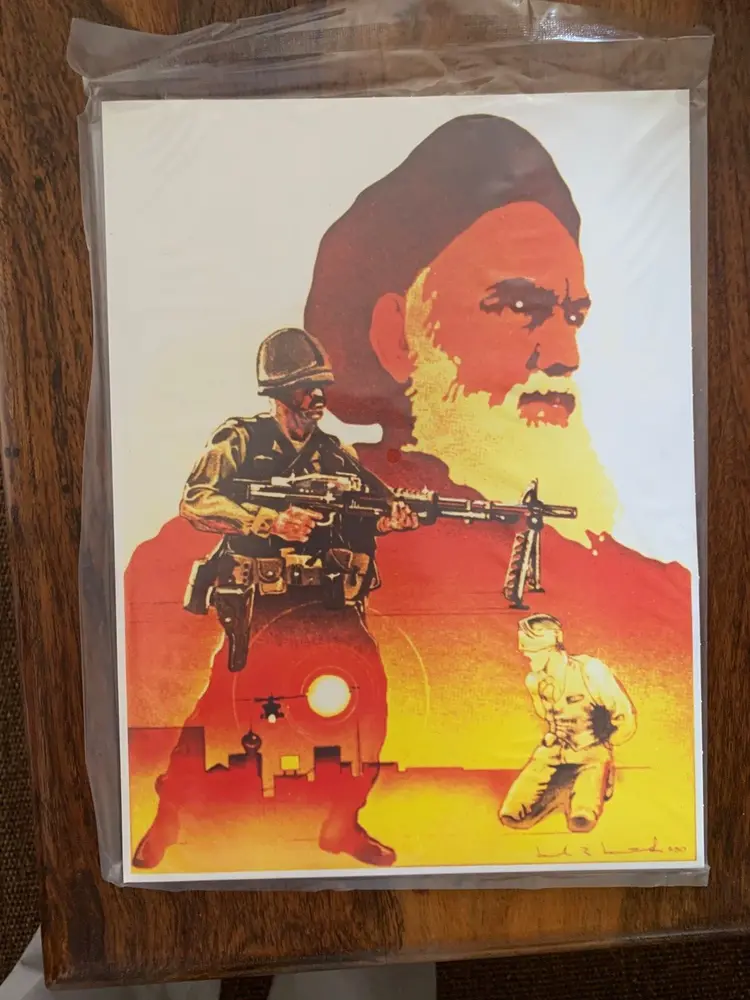Raid on Iran (1980)
Raid on Iran
Raid on Iran is a board game published by Steve Jackson Games in 1980. It is a simulation of what might have occurred if the mission to rescue American hostages in Iran had reached Tehran. The game was designed as a minigame and was one of three wargames published by Steve Jackson Games in October 1980, with the other two being Kung Fu 2100 and One-Page Bulge. Raid on Iran was the best seller of the three due to the Iran Hostage Crisis being recent at the time.
Why is Raid on Iran Popular?
Raid on Iran is significant because it was published during the Iran Hostage Crisis, which was a major international event at the time. The game allowed players to simulate a hypothetical rescue mission to free American hostages in Iran, which was a topic of great interest and concern at the time. The game’s popularity may also be due to its fast, playable yet challenging gameplay.
Game Components of Raid on Iran
How To Setup Raid on Iran
The setup involves both players preparing their units and the map. The Iranian player places militants and sentries around the embassy, including specific allocations to the Residence and Chancellery buildings. They also distribute hidden militant units throughout the area. The American player sets up their commando units and mortars outside the embassy area. Hostages are placed in designated locations within the buildings. Neither player knows the exact distribution of all militant units until they are alerted during the game.
Gameplay Mechanics and Game Objective
Player Experience
Playing **Raid on Iran** involves a blend of strategy and luck, as both players navigate the complexities of the rescue mission. The game’s tension builds as the American player tries to infiltrate the embassy without triggering militant responses, while the Iranian player must balance defense with the threat of hostage executions.
Pros
Cons
Personal Thoughts on Raid on Iran
**Raid on Iran** is a game for those interested in historical military simulations and wargames. It is particularly suited for players who enjoy strategic planning and can appreciate the historical context of the game. While it may not appeal to those looking for modern, complex game mechanics, it remains a compelling and challenging experience for those who enjoy the genre. Given its historical significance and unique gameplay, it is a valuable addition to any collection of vintage or niche board games.
We are supported by our audience. When you purchase through links on our site, we may earn an affiliate commission, at no extra cost for you. Learn more.

